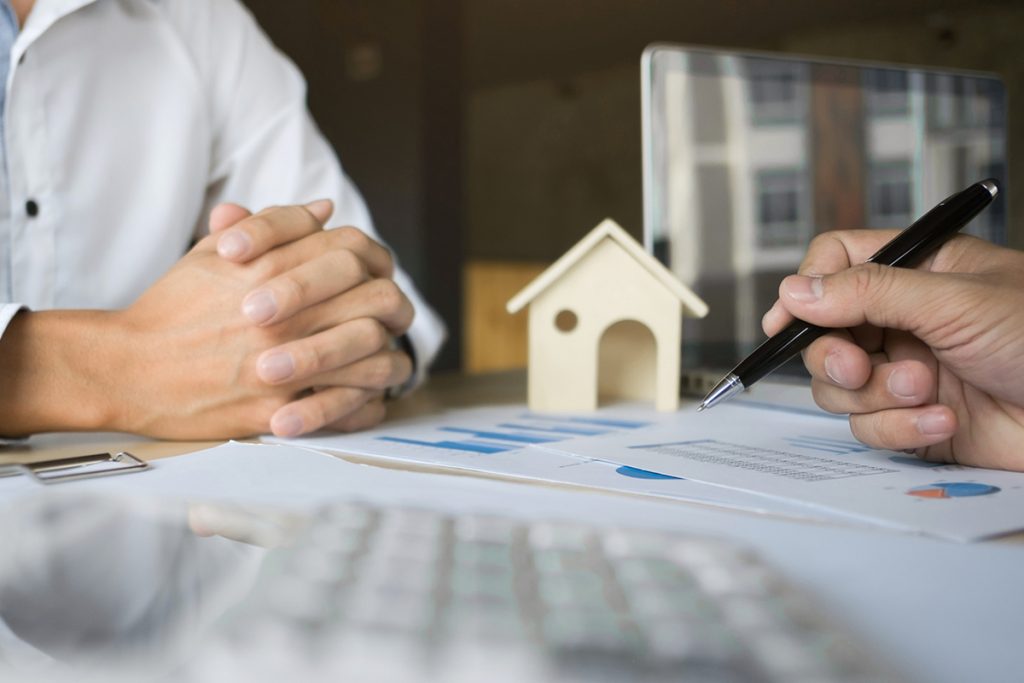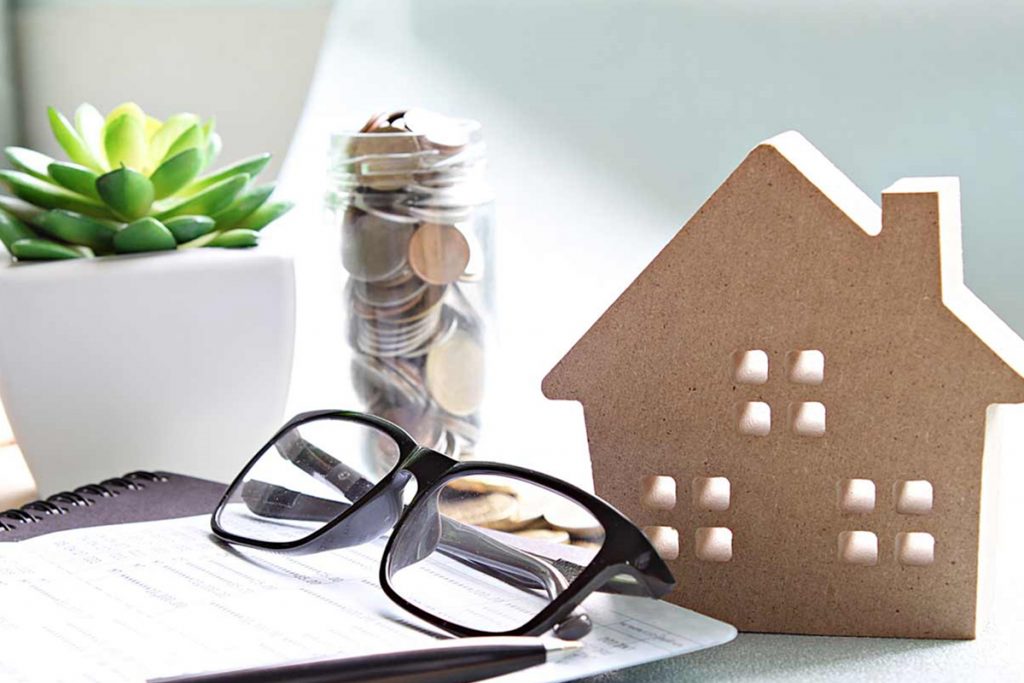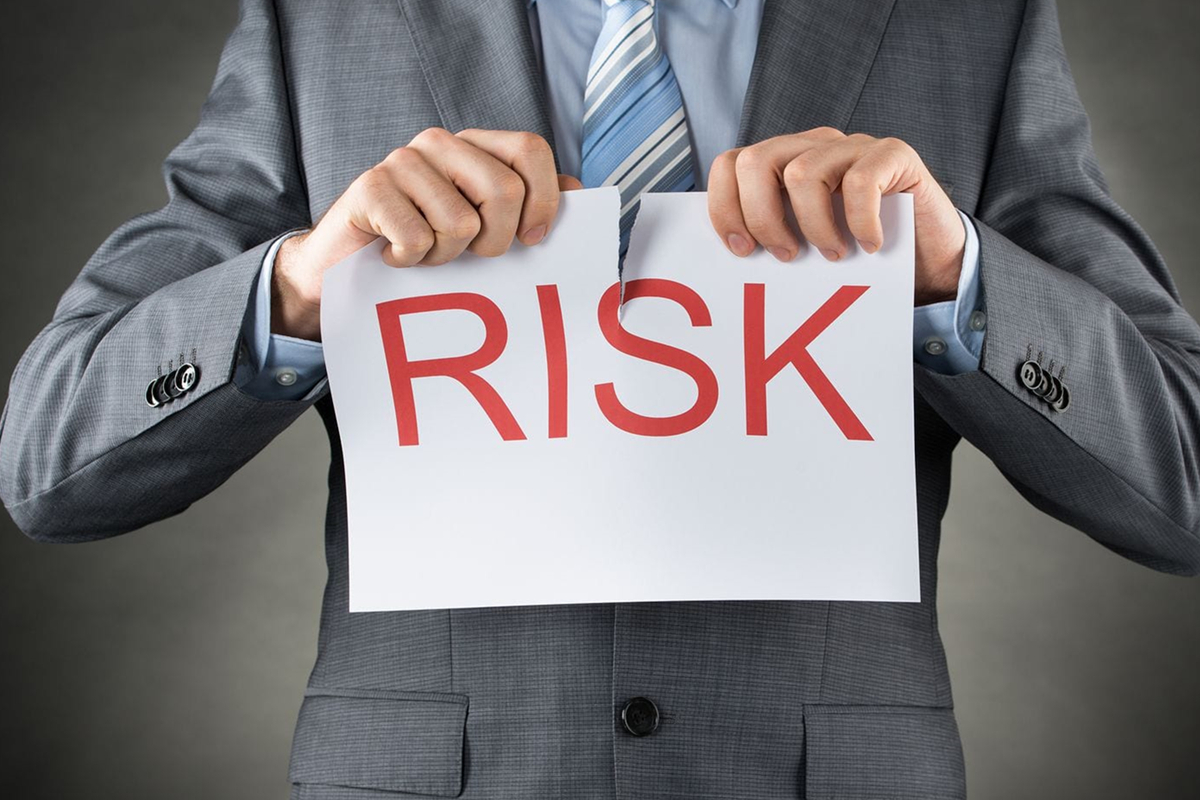Owning a home is the backbone of the so-called American dream, but there’s little doubt that buying a home isn’t as easy as it used to be.
Housing prices have skyrocketed in many parts of the country, and interest rates tend to go up and down on a cyclical basis, so the real estate financial risk is changing all the time.

So what is the real risk? The answer isn’t simple. If you’re an individual or family investor looking to buy a home, there are a lot of variables involved, so we’ll cover the three most basic ones.
One of the biggest factors in the level of real estate financial risk is tied to the price point of the home you want to buy. Is it in a solid community or a town where property values might go down? If the answer is the former, then there’s little risk involved, but the risk goes up if you’re buying in a dodgy town or a bad neighborhood.

The size of the house is just as important when it comes to real estate financial risk. Is it larger and newer, or small and run down?
There’s no hard and fast rule on this, but buying the right size house that’s in good condition is the best way to minimize risk, and deviating from this formula to any significant degree will probably bump up the risk factor.
The third element that plays a huge role is the financial terms of your real estate loan. Established wisdom says the best way to do this is to make a large down payment, then get the best interest rate possible to lower your monthly payment.






